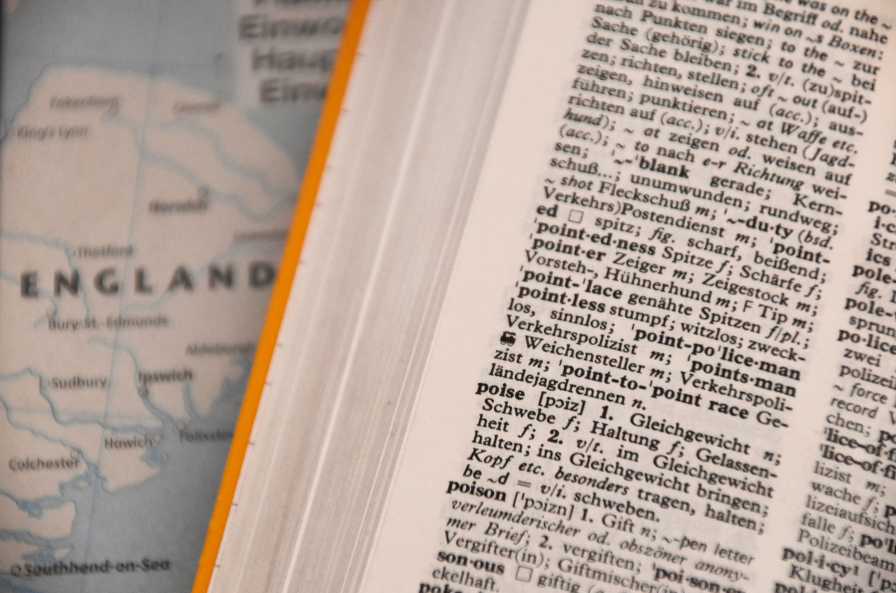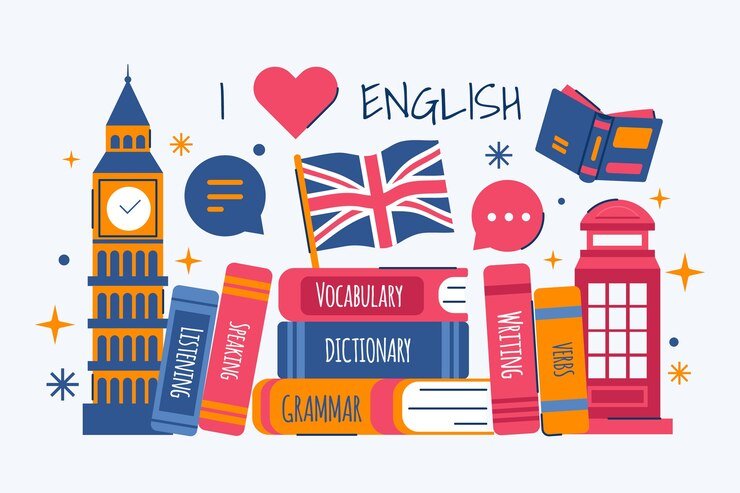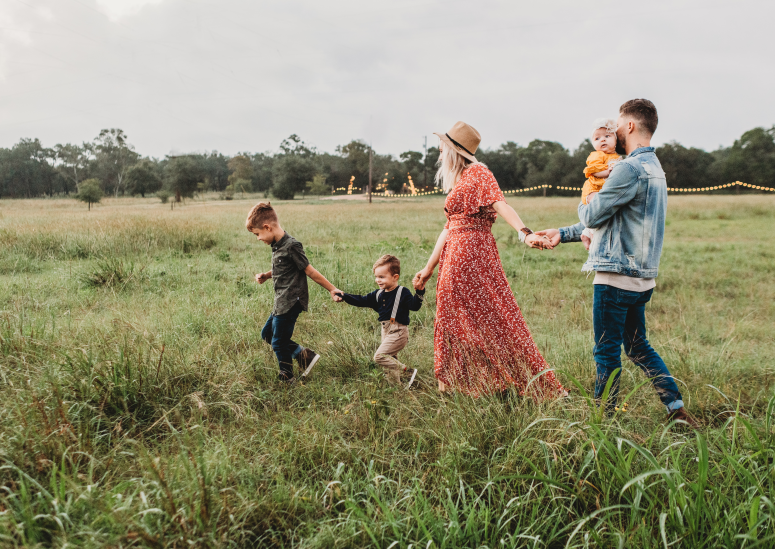
The Present Continuous tense, also known as the present progressive tense, is one of the most frequently used tenses in the English language. It is used to describe actions or events that are currently in progress, meaning that they are happening right now. In this article, we will explore the present continuous tense in more detail and provide some examples of how it is used in everyday speech.
The Structure of the Present Continuous Tense
The present continuous tense is formed using the auxiliary verb “to be” (am, is, are) in the present tense, followed by the present participle (-ing) form of the main verb. For example:
- I am walking to the store.
- He is playing video games.
- They are studying for their exams.
In each of these examples, the auxiliary verb “to be” is in the present tense and is followed by the present participle form of the main verb (walking, playing, studying).
The Uses of the Present Continuous Tense
- Actions happening now: The present continuous tense is most commonly used to describe actions or events that are currently happening or in progress at the moment of speaking. For example:
- She is typing an email right now.
- I am talking to my friend on the phone.
- They are cooking dinner for their family.
- Temporary Actions: The present continuous tense is also used to describe temporary actions that are currently happening but may not continue in the future. For example:
- He is working in the city for the next few months.
- She is staying with her parents until she finds a new apartment.
- They are traveling around the world for a year.
- Annoying habits or recurring actions: The present continuous tense is used to describe annoying habits or recurring actions that are currently happening. For example:
- He is always interrupting me when I am speaking.
- She is constantly checking her phone during class.
- They are regularly forgetting their homework assignments.
- Near future plans: The present continuous tense can also be used to describe future plans that are already scheduled or arranged. For example:
- They are meeting us at the restaurant at 7 pm tonight.
- I am flying to New York tomorrow morning.
- She is taking her driving test next week.
Conclusion
In summary, the present continuous tense is a very versatile and commonly used tense in the English language. It is used to describe actions or events that are currently happening or in progress, as well as temporary actions, annoying habits or recurring actions, and near future plans. By understanding how to form and use the present continuous tense correctly, you will be able to communicate more effectively and accurately in English.




















